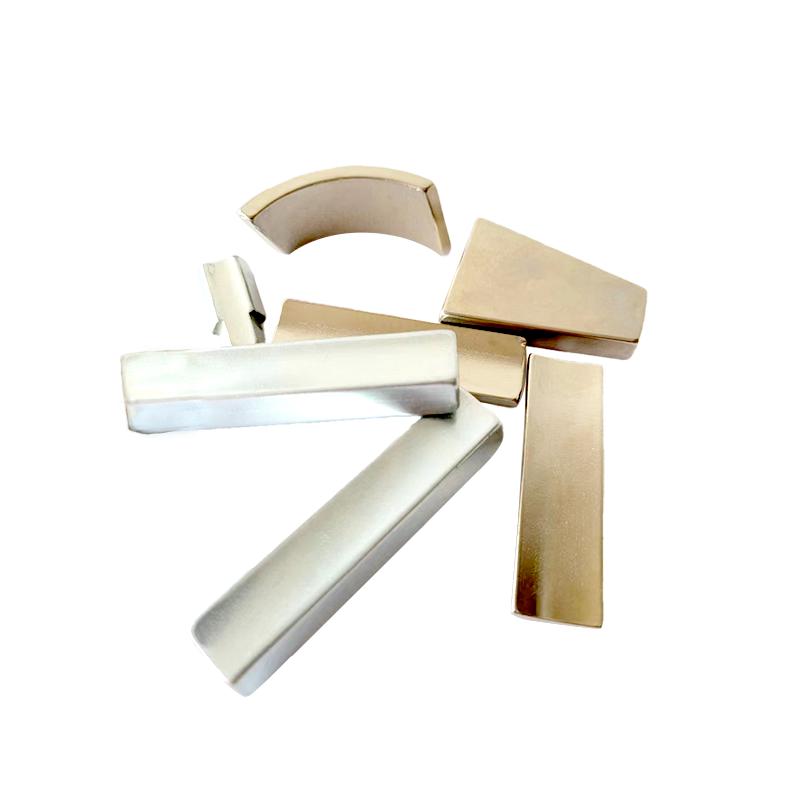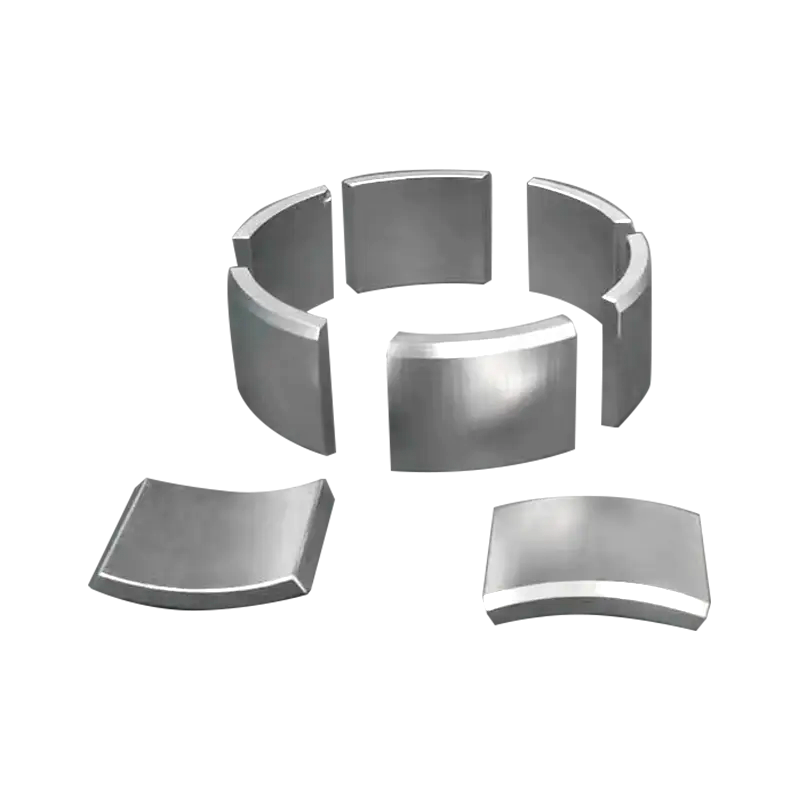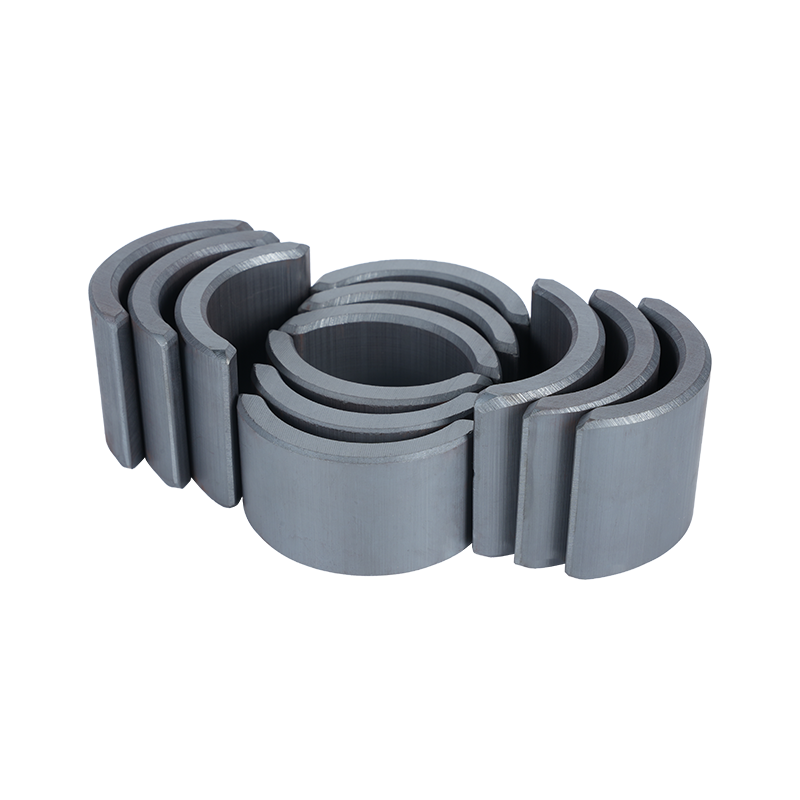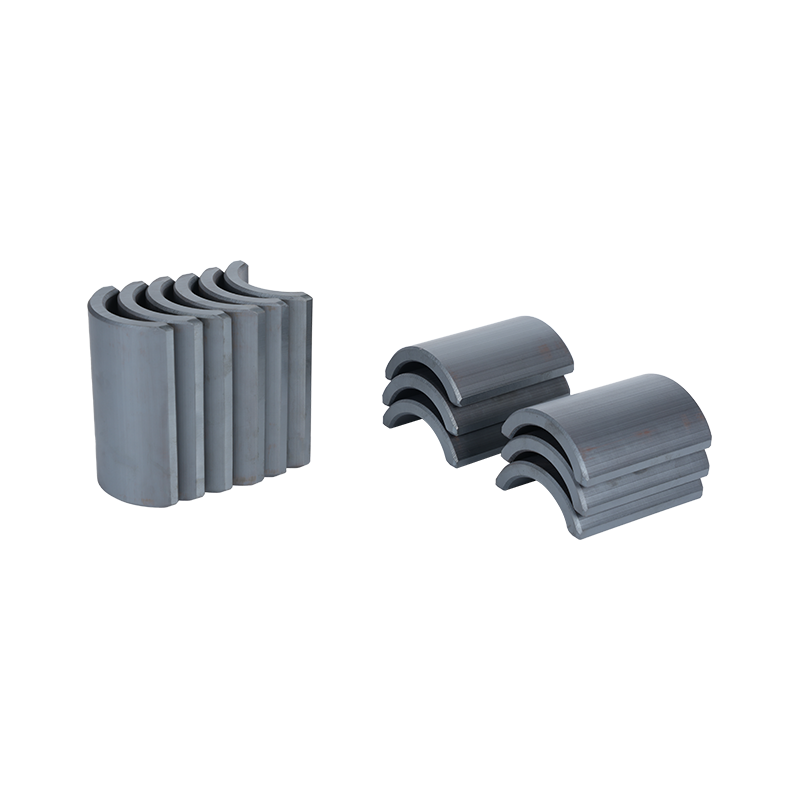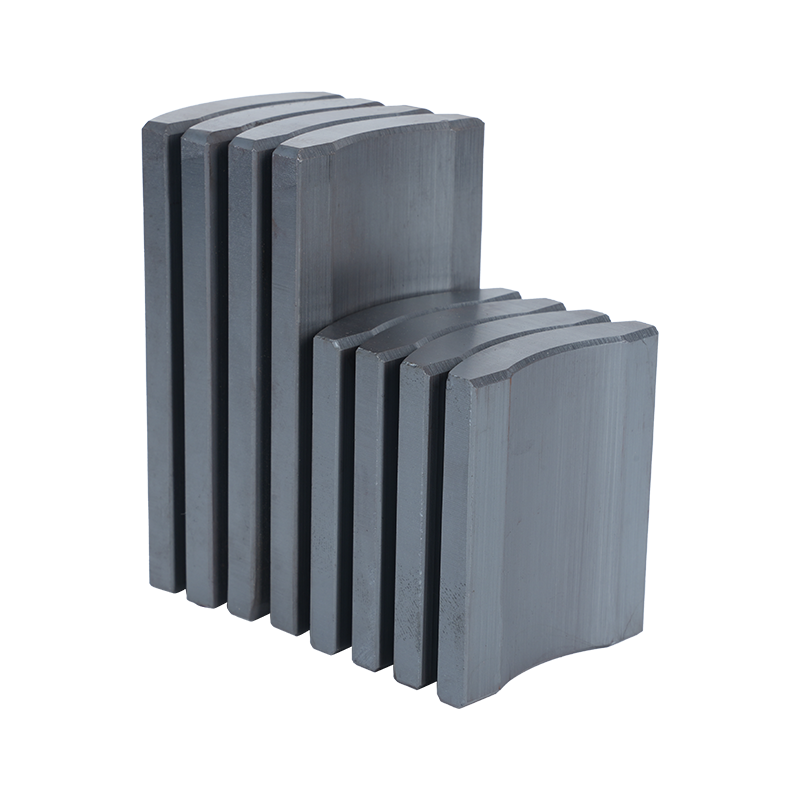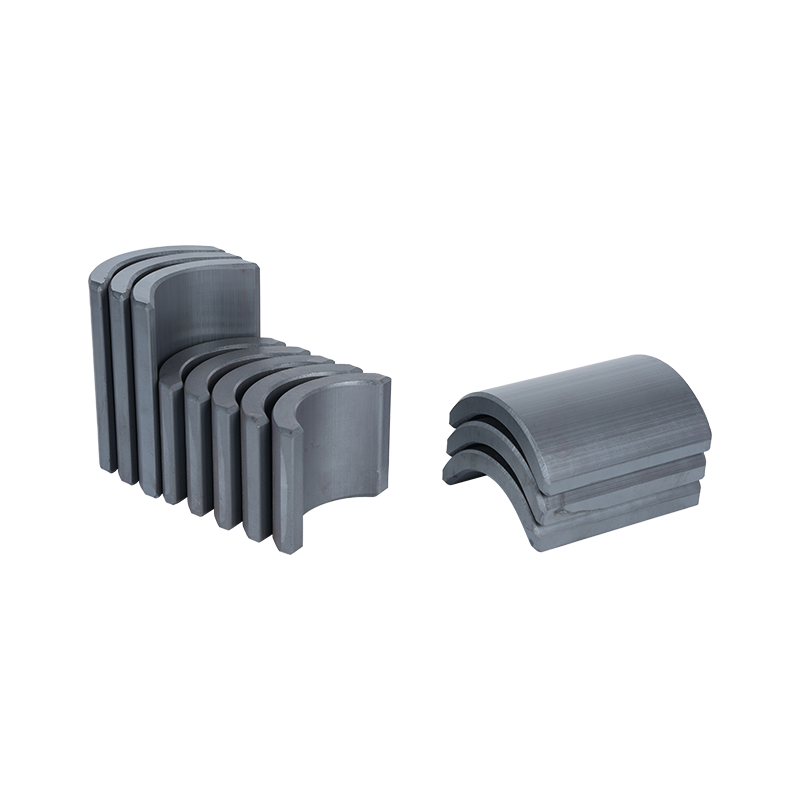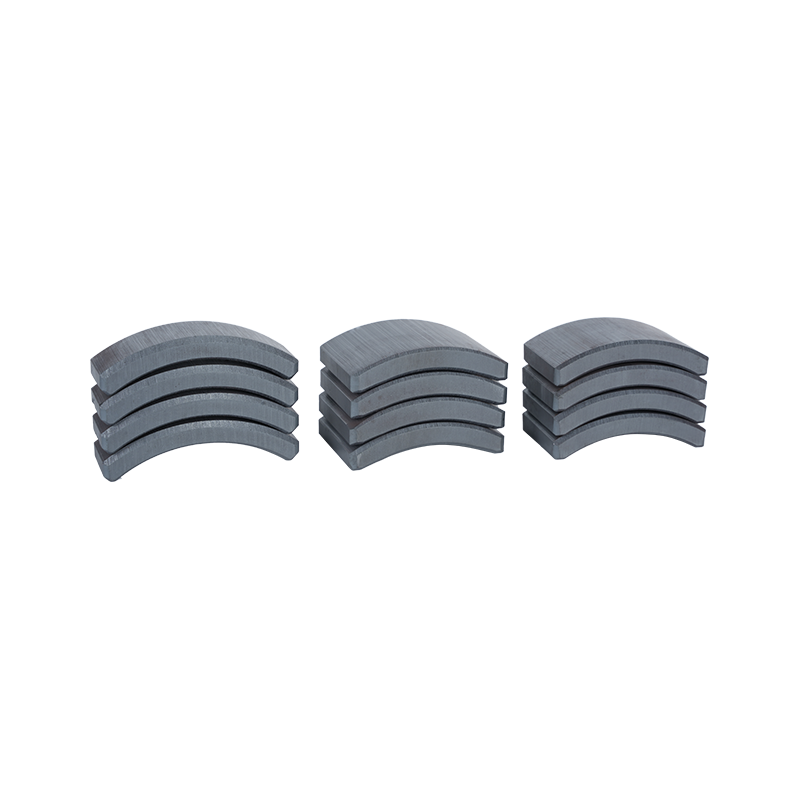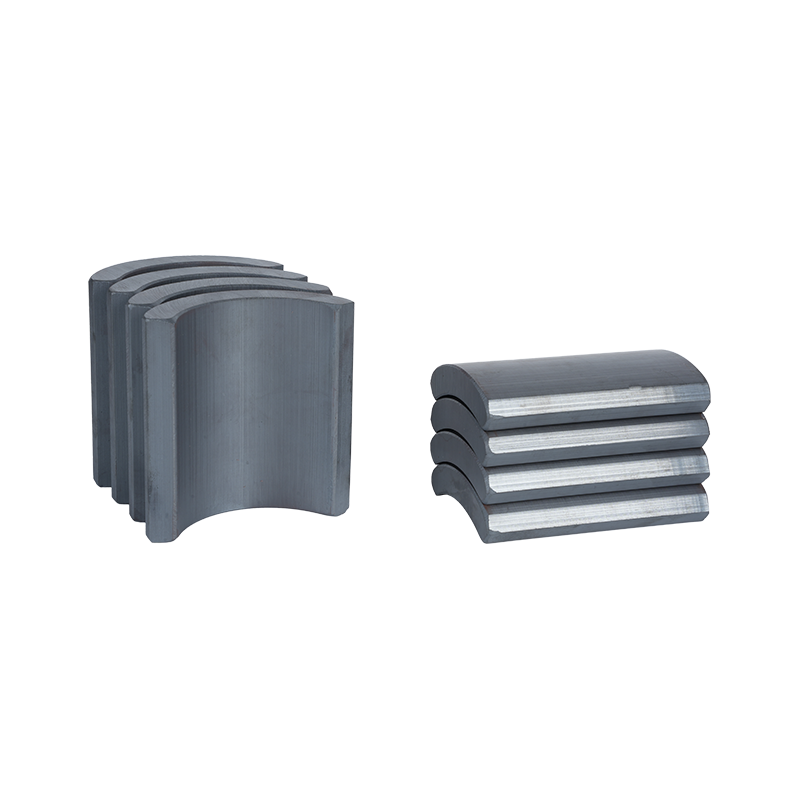Dong Yang TianQi Magnetic Segment Co.,Ltd.(formerly Shuangyang Magnet Tile) is a professional enterprise specializing in the production of motor magnet tiles
Search by posts
Categories
Popular products
Contact Us
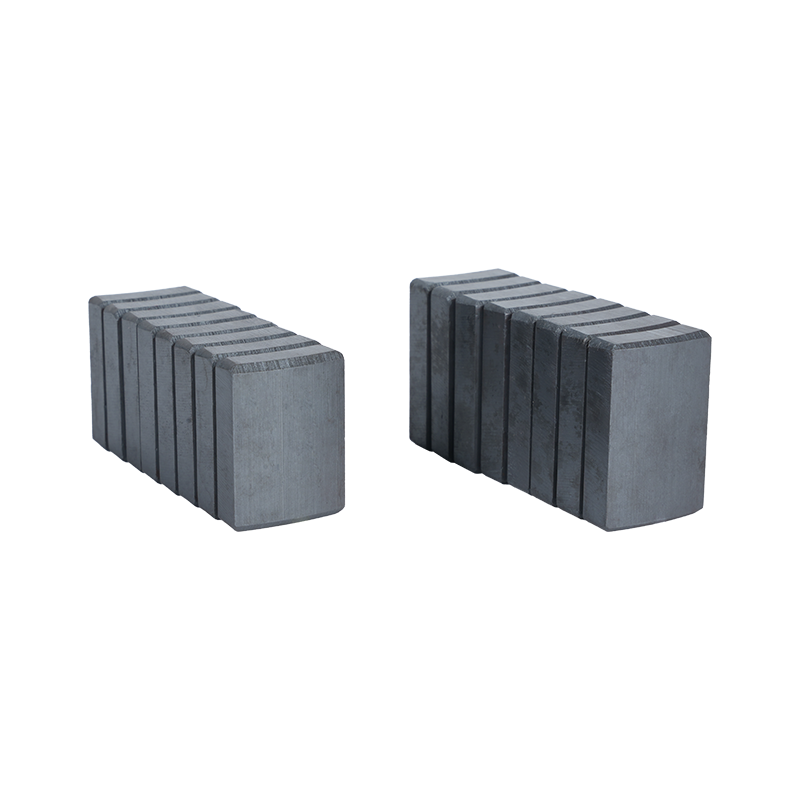
Industry News
 By Admin
By Admin
The Rising Demand for Ferrite Magnets: Key Factors Shaping the Industry
Ferrite magnets, also known as ceramic magnets, have become an essential component in numerous industries due to their unique properties and cost-effectiveness. They are widely used in various applications, from household electronics to advanced machinery and automotive systems. As industries continue to evolve, the demand for ferrite magnets has surged, driven by their magnetic strength, durability, and economic advantages. This article will delve into the factors fueling the growth of the ferrite magnet industry, its applications, and the future outlook for this critical material.
What Are Ferrite Magnets?
Ferrite magnets are made from ceramic compounds that consist primarily of iron oxide (Fe2O3) and other metallic elements like barium or strontium. These magnets are formed by pressing and sintering the ceramic material into shapes such as rings, discs, and blocks. Ferrite magnets are characterized by their ability to generate strong magnetic fields despite being made from relatively inexpensive materials. They are also known for their resistance to corrosion, making them ideal for use in a wide range of environmental conditions.
Unlike rare-earth magnets, such as neodymium magnets, ferrite magnets are not as powerful, but they have several advantages. They are much more affordable, which makes them an attractive choice for manufacturers in cost-sensitive industries. Additionally, ferrite magnets are non-toxic and environmentally friendly, which has contributed to their growing popularity in environmentally conscious applications.
Applications of Ferrite Magnets
Ferrite magnets are used in a diverse range of industries, from automotive to electronics, and their versatility is one of the key reasons behind their rising demand. Some of the common applications include:
Motors and Generators: Ferrite magnets are widely used in electric motors and generators, especially in small appliances and industrial machinery. Their magnetic properties help in the efficient operation of these devices, making them essential components in household fans, washing machines, and power tools.

Speakers and Audio Equipment: Ferrite magnets are commonly used in speakers, microphones, and other audio devices. Their ability to create strong and stable magnetic fields is crucial for the production of high-quality sound. Many consumer electronics, such as televisions, radios, and sound systems, rely on ferrite magnets for sound amplification.
Automotive Industry: The automotive sector is one of the largest consumers of ferrite magnets. They are used in various components such as sensors, alternators, and actuators. Ferrite magnets also play a role in automotive electric motors, including those found in electric and hybrid vehicles. As the automotive industry continues to shift toward electric vehicles, the demand for ferrite magnets is expected to increase.
Magnetic Assemblies and Holding Devices: Ferrite magnets are often used in magnetic assemblies and holding devices, such as magnetic separators, magnetic locks, and magnetic hooks. These devices are found in industries like construction, logistics, and material handling, where strong magnetic fields are necessary to move or secure heavy objects.
Wind Turbines: With the rise in renewable energy, ferrite magnets are being increasingly used in wind turbines. In these applications, ferrite magnets help generate electricity by converting mechanical energy into electrical energy, making them essential to the sustainable energy market.
Medical Devices: Ferrite magnets are also utilized in medical equipment, including MRI machines and certain types of sensors. Their non-corrosive nature and stable magnetic properties make them an ideal choice for use in medical applications where precision and reliability are crucial.
Key Drivers of the Ferrite Magnet Industry
Several factors are contributing to the increasing demand for ferrite magnets. These include:
Cost Efficiency: One of the biggest advantages of ferrite magnets is their cost-effectiveness. Unlike rare-earth magnets, which are expensive and rely on limited resources, ferrite magnets are made from abundant materials such as iron oxide. This makes them a more affordable option for manufacturers, particularly in industries that require large volumes of magnets.
Growing Electronics Industry: The rapid growth of the consumer electronics sector has significantly boosted the demand for ferrite magnets. From smartphones to home appliances, the need for efficient, low-cost magnets has grown in line with the rise of electronic devices. Ferrite magnets are particularly important in small, portable electronic devices, where size and weight constraints demand compact, powerful magnets.


